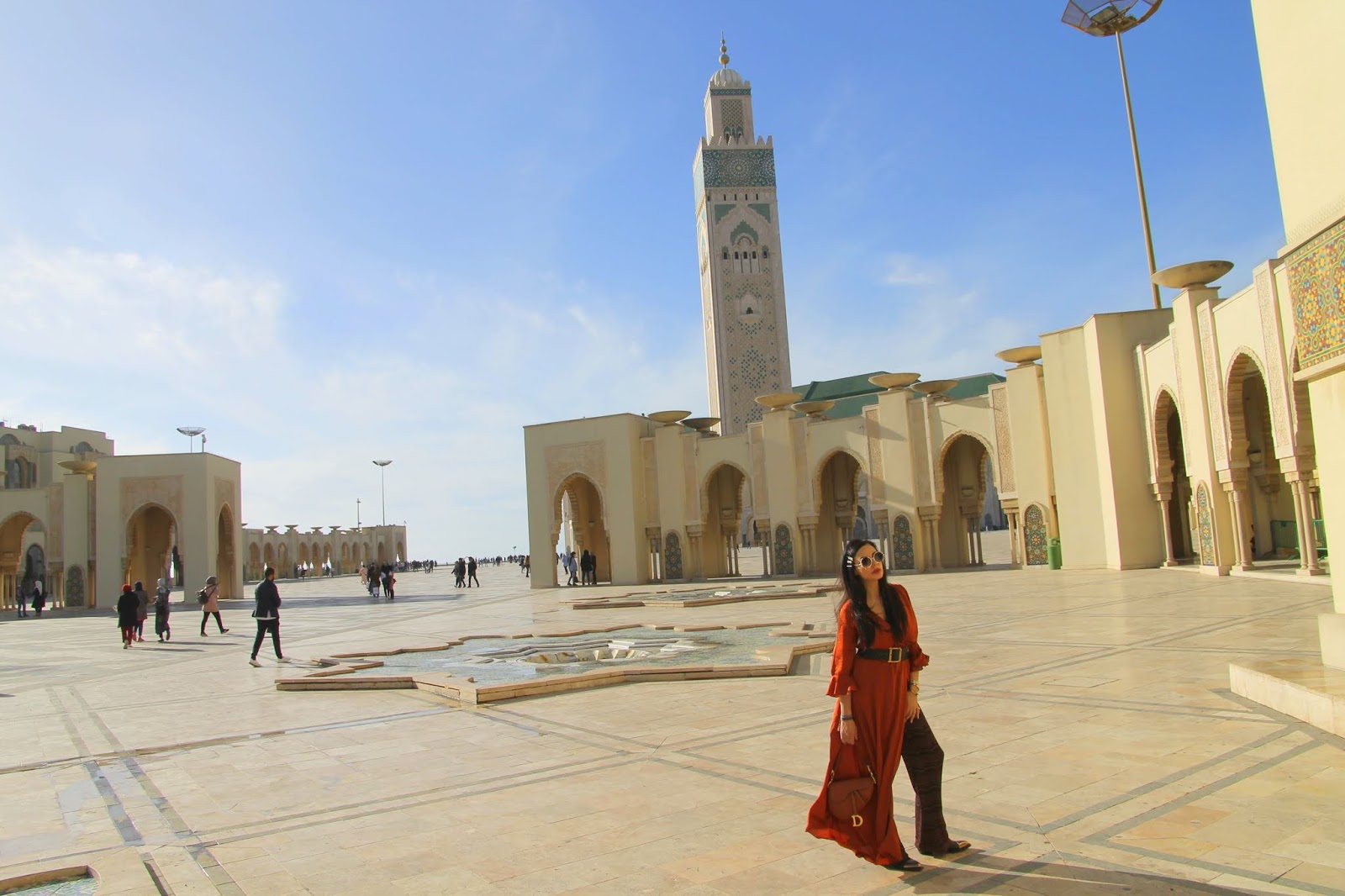
Negli ultimi anni il jet-set
internazionale ha scoperto Marrakech e le altre città imperiali,
riportando tutto il fascino del Marocco nel labirinto delle stradine delle
medine.
internazionale ha scoperto Marrakech e le altre città imperiali,
riportando tutto il fascino del Marocco nel labirinto delle stradine delle
medine.
Al contrario, Casablanca viene completamente schivata dai
turisti.
turisti.
Eppure rappresenta una valida occasione per scoprire il Marocco
più autentico.
più autentico.
Casablanca non è la classica destinazione da guida turistica, ma
un luogo da vivere per provare tutta la sua essenza.
un luogo da vivere per provare tutta la sua essenza.
Situata sulla costa dell’Oceano Atlantico, è una città nota, più che altro, per l’omonima
pellicola hollywoodiana, il film romantico del 1942 diretto da Micheal
Curtiz e recitato da Humphrey Bogart e Ingrid Bergman, considerato tra i
migliori film americani di sempre… anche se in realtà, con
il successo hollywoodiano Casablanca ha davvero poco a che fare.
pellicola hollywoodiana, il film romantico del 1942 diretto da Micheal
Curtiz e recitato da Humphrey Bogart e Ingrid Bergman, considerato tra i
migliori film americani di sempre… anche se in realtà, con
il successo hollywoodiano Casablanca ha davvero poco a che fare.
La città è profondamente cambiata
da quella del film.
da quella del film.
Con i suoi 4 milioni di abitanti è la città più
grande del Marocco, una delle più popolose dell’Africa, una metropoli caotica ed un posto di business, pochissimi i turisti in giro,
qui si lavora e si commercia, è a Casablanca che gira l’economia del Paese, in barba alla capitale ufficiale Rabat.
grande del Marocco, una delle più popolose dell’Africa, una metropoli caotica ed un posto di business, pochissimi i turisti in giro,
qui si lavora e si commercia, è a Casablanca che gira l’economia del Paese, in barba alla capitale ufficiale Rabat.
Attraversando la città ho però visto
le contraddizioni che caratterizzano tutte le grandi città africane.
Non c’è una sola Casablanca, ce ne sono tante, è la città dai mille volti.
le contraddizioni che caratterizzano tutte le grandi città africane.
Non c’è una sola Casablanca, ce ne sono tante, è la città dai mille volti.
Sono molti
quelli arrivati direttamente dai campi e poi diventati ricchi. Ma ancor
di più chi langue tutta la vita ai margini di desolate baraccopoli: si, a
Casablanca ci sono anche le bidonvilles, come a
Nairobi e Calcutta.
quelli arrivati direttamente dai campi e poi diventati ricchi. Ma ancor
di più chi langue tutta la vita ai margini di desolate baraccopoli: si, a
Casablanca ci sono anche le bidonvilles, come a
Nairobi e Calcutta.
E’
vero che in città le cose da visitare per un turista sono poche.
vero che in città le cose da visitare per un turista sono poche.
Tanti
gli edifici in stile Decò e Moresco, ma dall’aria piuttosto decadente
che insieme al caos e alla sporcizia contribuiscono a far si che molti
turisti scappino al primo impatto.
gli edifici in stile Decò e Moresco, ma dall’aria piuttosto decadente
che insieme al caos e alla sporcizia contribuiscono a far si che molti
turisti scappino al primo impatto.
Questa non è una città di monumenti e se vista attraverso i vetri di un
finestrino di un pullman turistico Casablanca affascina poco. O niente.
finestrino di un pullman turistico Casablanca affascina poco. O niente.
C’è un solo posto eccezionale, da non mancare se passi da qui, è la
Moschea Hassan II.
Moschea Hassan II.
Ed è per questo che ho voluto aprire e chiudere il mio diario di viaggio da Casablanca con questo luogo magico, (vedi il mio primo post dalla magnifica Moschea qui).
Concludendo:
Casablanca ti interesserà se
ti senti più un autentico viaggiatore che un turista.
ti senti più un autentico viaggiatore che un turista.
Se vai in
giro per conto tuo e non vieni portato a spasso su un pullman.
giro per conto tuo e non vieni portato a spasso su un pullman.
Se ti
incuriosiscono le grandi città dove vivono milioni di persone.
incuriosiscono le grandi città dove vivono milioni di persone.
Se sei interessato a capire come vanno le cose e non solo a vedere i
monumenti.
monumenti.
Se ti piace andare un po’ più in là di dove vanno quasi tutti
gli altri.
gli altri.
Se hai tempo a disposizione.
Invece, tralascia Casablanca se il tuo tempo è limitato.
Se quello di cui sei in
cerca sono le atmosfere esotiche per le quali è conosciuto il Marocco.
E’ altrove che le troverai, a Fez, Marrakech e nel Grande Sud
marocchino.
cerca sono le atmosfere esotiche per le quali è conosciuto il Marocco.
E’ altrove che le troverai, a Fez, Marrakech e nel Grande Sud
marocchino.
Se a Casablanca ci si
ferma un attimo e si riesce a gestire l’iniziale repulsione, si scopre
un magnifico mondo completamente diverso, nel quale i dettagli
primeggiano sul complesso.
ferma un attimo e si riesce a gestire l’iniziale repulsione, si scopre
un magnifico mondo completamente diverso, nel quale i dettagli
primeggiano sul complesso.
In the latest years the international jet-set has discovered Marrakech and other imperial cities, bringing all the charm of Morocco back to the labyrinth of narrow streets in the medinas.
On the contrary, Casablanca is completely avoided by tourists.
Yet the city represents a valid opportunity to discover the most authentic Morocco.
Casablanca is not the classic tourist guide destination, but a place to live to experience all its essence.
Located on the Atlantic Ocean coast, it is a well-known city, more than anything else, for the Hollywood film of the same name, the 1942 romantic film directed by Micheal Curtiz and starring Humphrey Bogart and Ingrid Bergman, considered among the best American films of all time… although with Hollywood success Casablanca has very little to do.
The city has profoundly changed from that of the film.
With its 4 million inhabitants it is the largest city in Morocco, one of the most populous in Africa, a chaotic metropolis and a place of business, very few tourists around, it is in Casablanca that turns the economy of the country.
However, crossing the city I saw the contradictions that characterize all the great African cities. There is not a single Casablanca, there are many, it is the city of a thousand faces.
Many people have come directly from the fields and then become rich. But even more, the people who languish all life on the edge of desolate slums: yes, in Casablanca there are also shanty towns, like in Nairobi and Calcutta.
It is true that in the city there are few things to visit for a tourist.
Many buildings in Deco and Moresco style, but with a rather decadent air that together with chaos and dirt contribute to making many tourists escape at first sight.
This is not a city of monuments and it is not very attractive.
There is only one exceptional place, not to be missed if you pass by here, is the Hassan II Mosque.
And that’s why I wanted to open and close my Casablanca’s travel diary from this magical place, (see my first post from the breathtaking Mosque here).
In conclusion:
Casablanca will interest you if you feel more like a traveler than a tourist.
If you go around on your own and you are not taken for a ride on a bus.
If you are curious about the big cities where millions of people live.
If you are interested in understanding how things are going and not just seeing the monuments.
If you like to go a little further where most others go.
If you have time available.
Instead, leave out Casablanca if your time is limited.
If what you are looking for are the exotic atmospheres for which Morocco is known. It is elsewhere that you will find them, in Fez, Marrakech and the Great Moroccan South.
If in Casablanca we stop for a moment and we are able to manage the initial repulsion, we’ll discover a magnificent completely different world, in which the details excel on the complex.
Location: Hassan II Mosque – Casablanca – Morocco
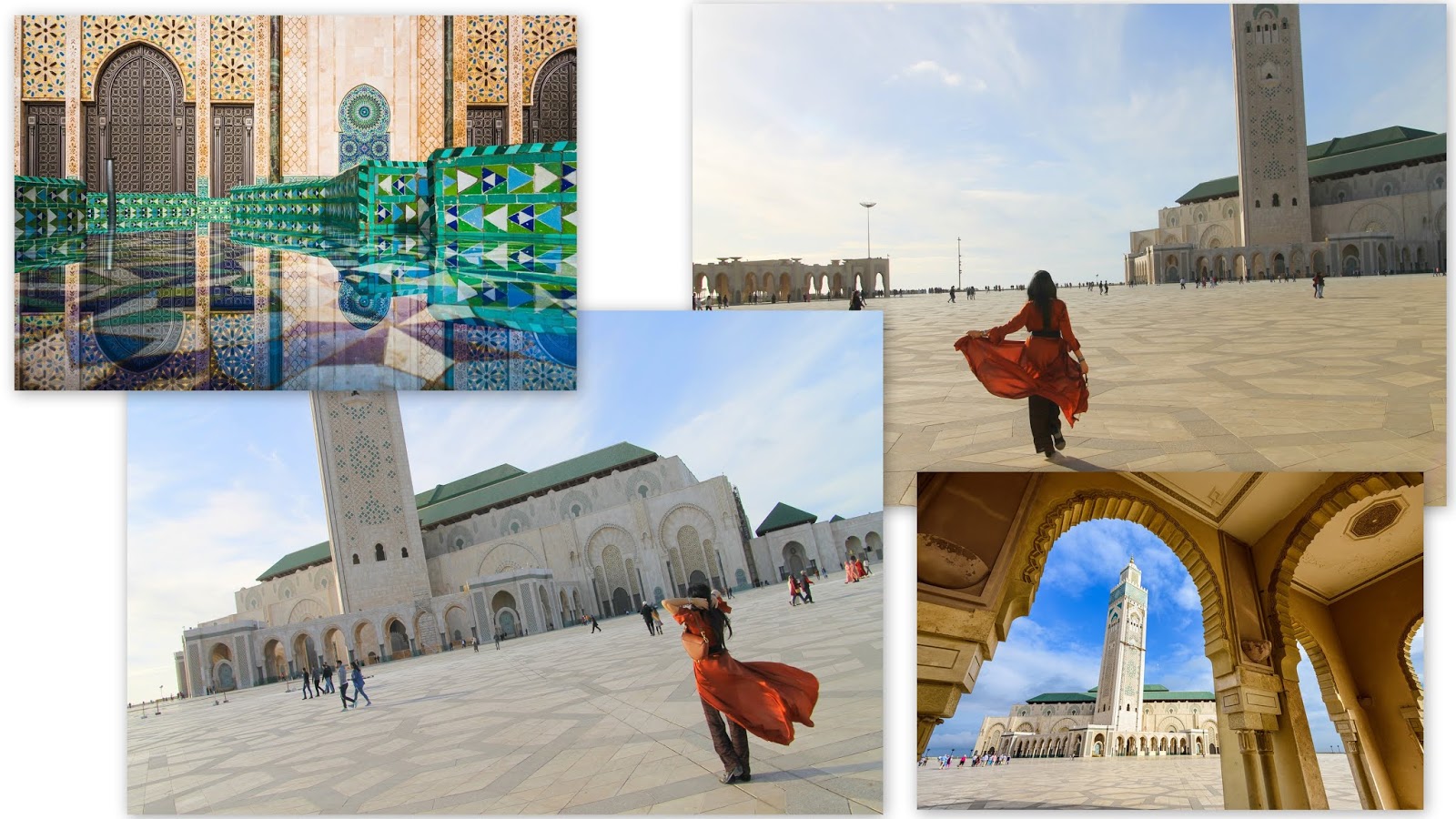

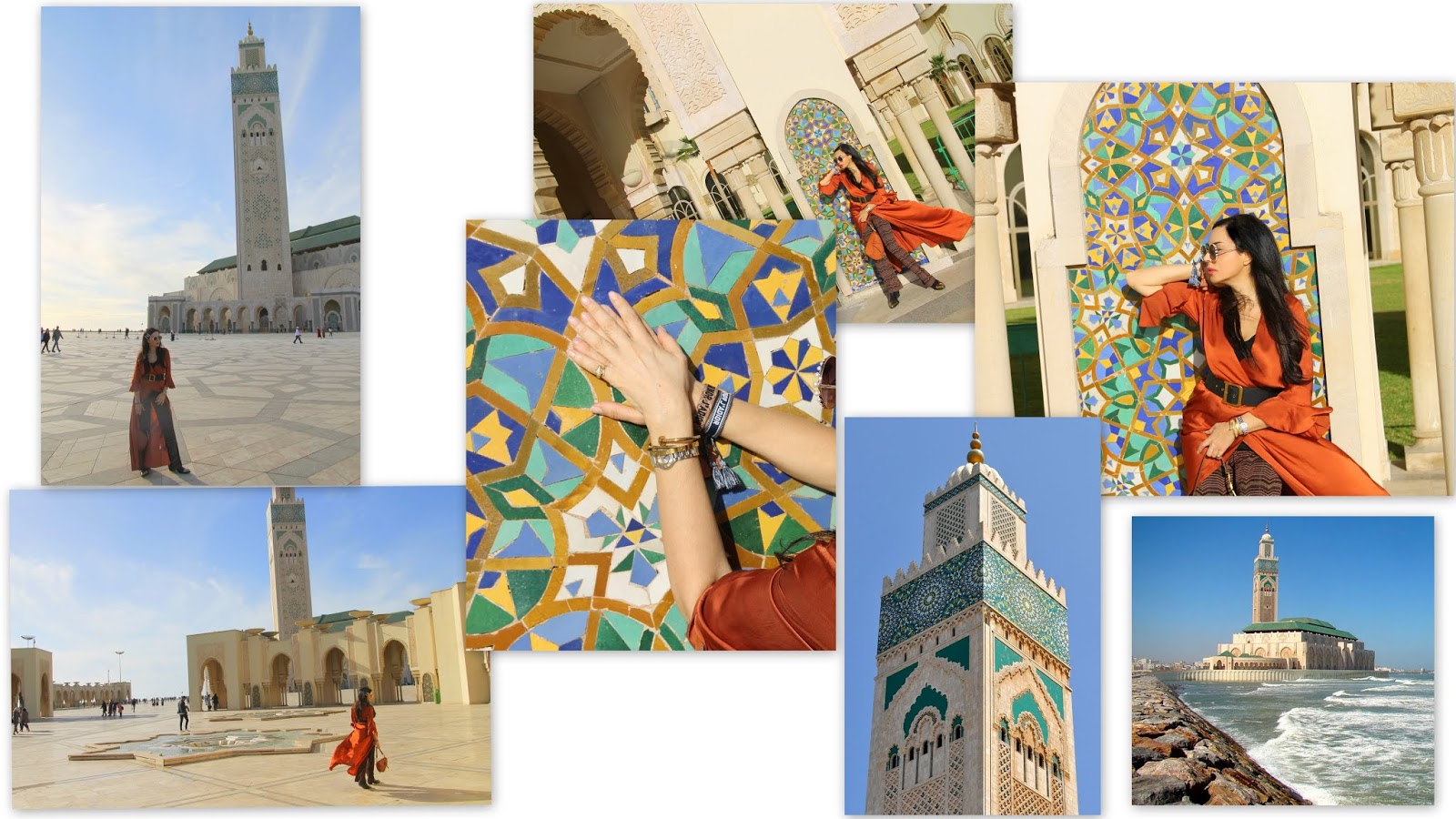

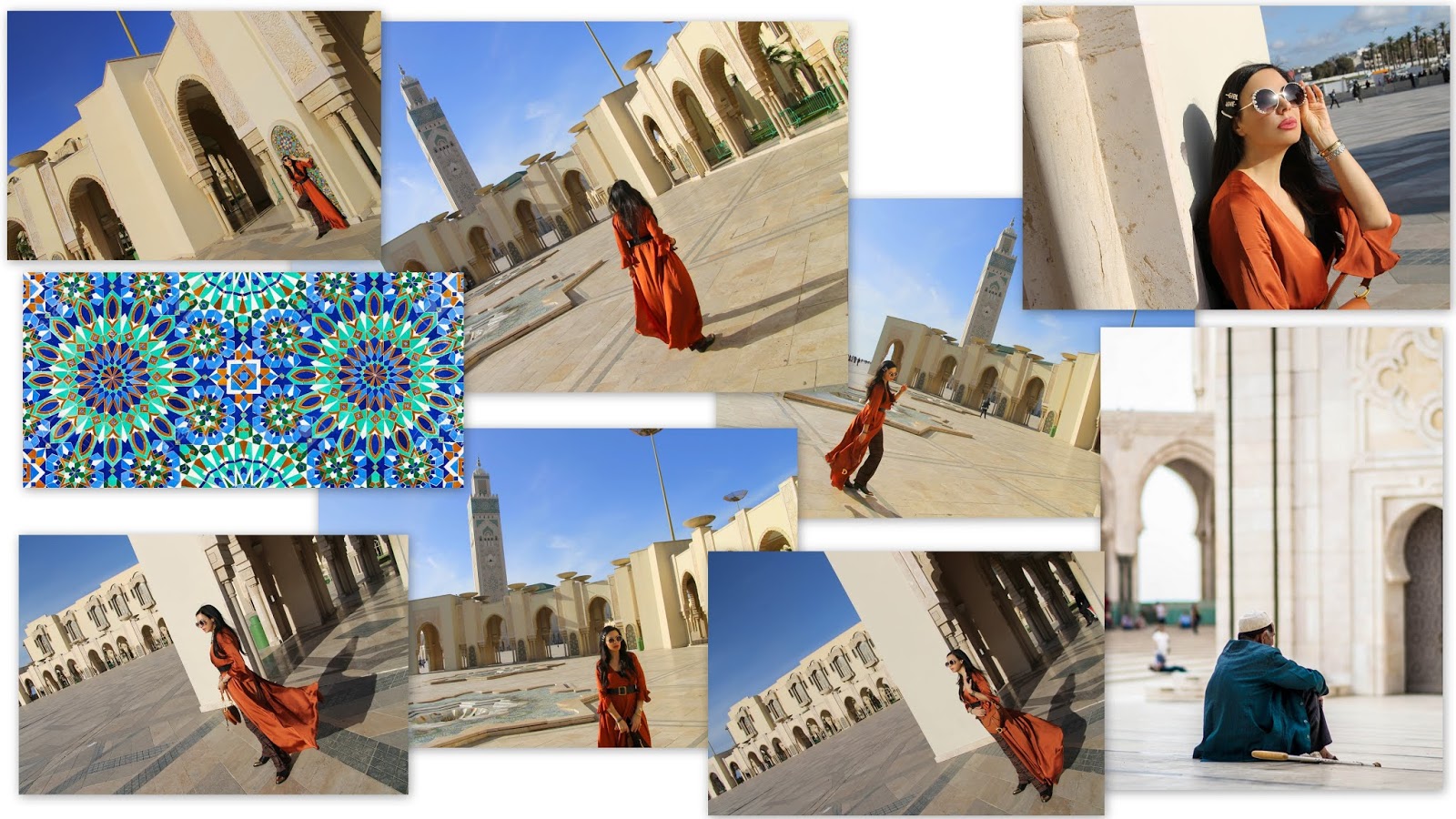

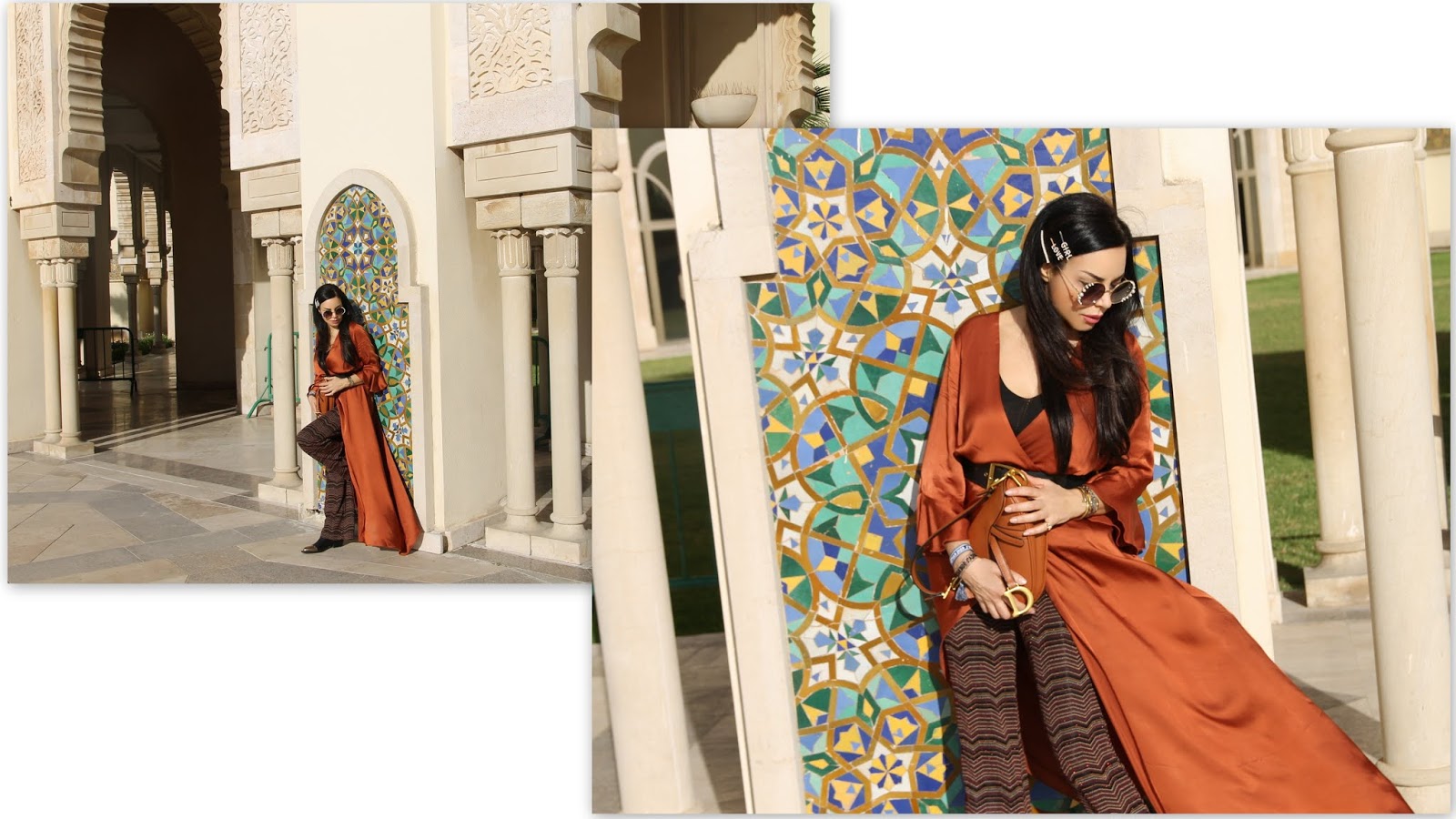

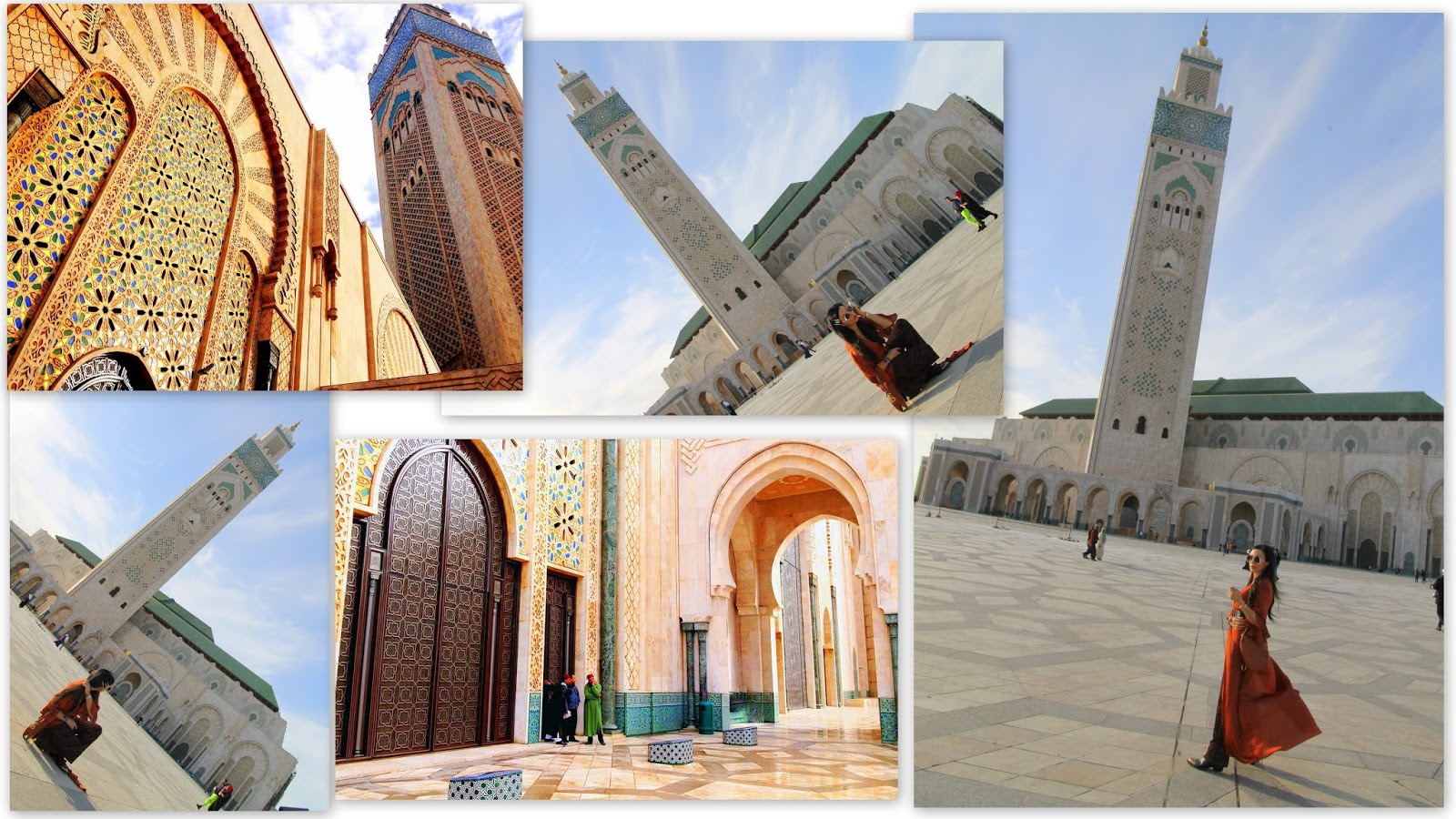
Photos: Jacopo Maria Barile
I was wearing:
Tensione in kimono
Missoni pants
Manila Grace boots



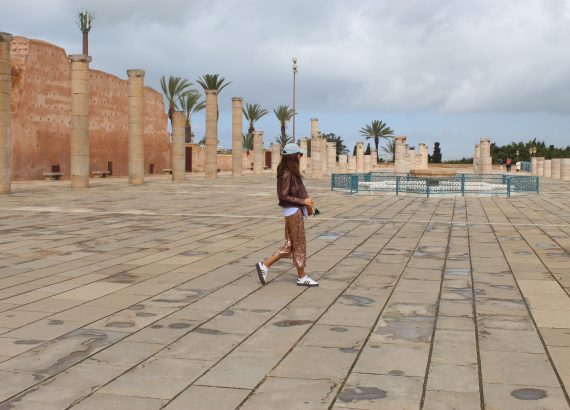
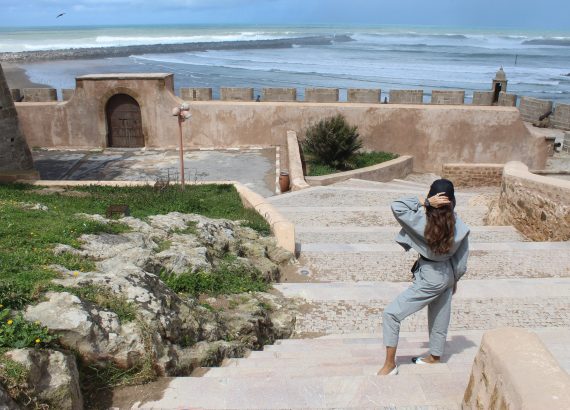
It is so beautiful there, the bohemian style and architectures are stunning. Hope to go there one day!
Marie
The Flower Duet
Beautiful pictures!
Have a lovely day 🙂
Rosanna x
Rose's Rooftop
You look perfect in every photos and in all places, even in the beautiful Morocco too!
I love your accessories especially your rings and bracelets! love!
love lots,
Tin
mypoeticisolation.blogspot.com
Paola bellissimo look, davvero integrato con il contesto!
Don't Call Me Fashion Blogger
Facebook
Bloglovin'
amazing post, I like it 🙂
Can't wait to read your post!
http://itsmetijana.blogspot.com/
Wow! you look absolutely fabulous and lovely location! xx
Amazing place!
It definitely looks like a magical place! And I absolutely love your outfit.
the-creationofbeauty.blogspot.com
Gosh this place is so stunning and fairytale like.
wow. You just take the best Pictures my dear.
take a look at my BLOG and my INSTAGRAM
You travel to so many great places.
http://www.amysfashionblog.com/blog-home
Thank you for your helpful travel tips for Morocco. You always visit such amazing places Paola!
Stunning photos and colors. Your kimono is wonderful and you look amazing as always!
xx
http://www.mybeautrip.com
Your post are always the best <3
Estás maravillosa!
Un besito
https://www.elblogdebarbaracrespo.com/2019/07/satin-shorts-wile-e-coyote-and-the-road-runner/
Amazing architecture my dear, you look stunning in this kimono <3
Amazing post!!
I love Morocco 😀
XX ♡
IT GIRL AILÉN
Beautiful.
Such beautiful photos!
xx- Nina
http://www.stylingwithnina.com/2019/07/black-ruffle-lace-top.html
sei stupenda! Bellissime queste foto…Mi piace tanto come hai indosato questi pantaloni con il vestito(tunics).
Questa mosqua e'molto bella…e come sempre dai tanti informazioni utili, mi sembra che Casablanca e' una citta meravigliosa, ma con tanti contrasti…
Wow those pictures are absolutely gorgeous! I might go to Morocco in September! Thanks for the inspiration
http://www.gselle.be/
mi sono innamorata del kimono 🙂
You captured such beautiful architecture
http://www.samanthassnaps.co.uk
samantha
x
Wow, I would love to visit. its so beautiful. thanks for sharing. Kisses
What amazing architecture! Love your outfit!
so stunning kimono. beautiful pictures from Morocco. I was there once and I love it xx
So beautiful Paola, I love your orange details.
Gemma x
http://www.jacquardflower.uk
Gorgeous pics!
Nicole Batley
Really wants to visit this place, it just looks so fabulous from all the pictures you've shared!
LackaDaisy
That is such a beautiful kimono and how I love all the Dior pieces.
http://www.busyandfab.com
Casablanca is such an amazing city. Architecture is spectacular. Thank you for sharing your travel diary with us. I really enjoy in your post and photos.
New Post – http://www.exclusivebeautydiary.com/2019/07/1st-anniversary-of-exclusive-beauty_9.html
What a gorgeous place indeed! Your photos are absolutely stunning dear!
Jessica | notjessfashion.com
amazing photos! I would love to visit Marocco soon 🙂
Check out my latest blog post: The best of Rome Fashion Week
—> https://www.evaredson.com/2019/07/altaroma-july-2019-best-shows-trends.html
xx Eva
I really need to visit Morocco!! And very soon!!
Love the pics
xx
Eli
http://www.curly-style.com
Such some useful tips for travelling, I would love to visit morocco.
You are looking so pretty.
Have a great day.
http://www.rakhshanda-chamberofbeauty.com/
What an amazing place to see,
definitely on my bucket list.
And you look fabulous in all
those pics.
Ann
https://roomsofinspiration.blogspot.com/
What an amazing place- you fight right in and look gorgeous!
-Ashley
Le Stylo Rouge
very good photo!
Love your blog, thank you for sharing.
https://luxhairshop.com/blogs/lux-hair-shop-blogs
(๑′ᴗ‵๑)I Lᵒᵛᵉᵧₒᵤ❤
What a stunning rust kimono and beautiful place to visit! 🙂
Hope that your week is going well 🙂
Away From Blue
Cool! Come join our Hello Kitty Giveaway Open to All Worldwide!
The location is absolutely stunning and you look perfect in your stylish look, dear Paola!
xx from Bavaria/Germany, Rena
http://www.dressedwithsoul.com
Thanks so much my dear Rena!
xoxo
Beautiful!
http://a-woman-of-a-certain-age.com/
Hi Paola,
You look fabulous and loved seeing your photos in this amazing City.
Happy week
hugs
Carolyn
I'd love to visit Morocco. Always been on my bucketlist. It looks so divine and I especially love this outfit. Imagining myself there right now wearing this hehehe. Hope you've been well lovely.
Sxx
daringcoco.com
buona giornata
I've only been to marrakech so far but Casblanca looks lovely too!! 🙂
♥
xxx
Tina
https://styleappetite.com
what a nice post 🙂
do you like to follow each other?
https://styleoflifet.blogspot.com/
Super awesome places, love your style too 🙂
What a blessing to visit Morroco you look absolutely beautiful doll.
Great post, pictures are perfect <3
New post:
https://doroty4.blogspot.com/2019/07/maturalna-vecera.html
Thanks so much Dorotea!
xoxo
Perfect outfit, and I really love that kimono!
Your Casablanca's travel diary makes me feel gorgeous 🙂
Thank you, Paola <3
akiko
Thanks for reading Akiko!
xoxo